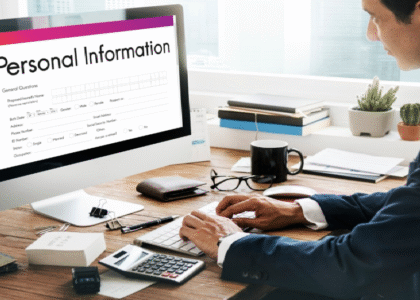A successful restaurant translates to not just great food and great service but also good money management. Beware of the best ways to manage the finances for your restaurant and make your business work.
The restaurant business is tricky and highly competitive, with thin margins and high overheads.
For any restaurant business to survive and progress, efficient financial management is vital. From monitoring the minor daily expenses to strategizing for future growth, a solid financial strategy will allow you to be profitable as you deliver top-notch service. This comprehensive guide outlines what is possible in restaurant financial management using best practices, practical tips, and helpful insights into streamlining operations while maximizing your profits.







